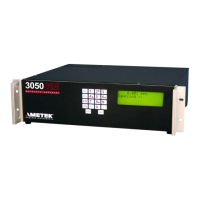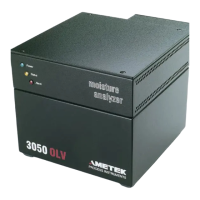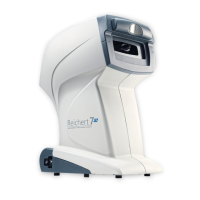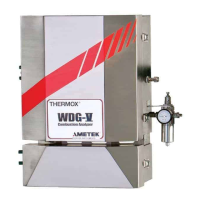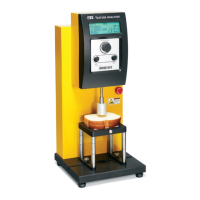6-54 | Model 241CE II Hydrocarbon Dewpoint Analyzer
Measurement Interferences
The analyzer uses light – from LEDs – reflected from cold surfaces to de-
tect when liquids condense onto the surfaces and exploits the difference
in wetting properties to distinguish between liquid hydrocarbons (e.g.,
non-polar substances) and other liquids (i.e., of polar substance). It is,
therefore, possible for the analyzer to detect and report the condensation
temperature of other non-polar substances as a hydrocarbon dewpoint
temperature.
In this regard, methanol is the only substance known to be present at
various times in natural gas streams that has been observed to give a false
indication of a hydrocarbon dewpoint temperature. At higher concentra-
tions, methanol dewpoints are usually detected as a hydrocarbon dew-
point temperature.
Oils and other high molecular weight hydrocarbons (including As-
phaltenes, Olefins, Paraffins, and Aromatics) can contaminate the mirror
surfaces. The hydrocarbons also interfere with the determination of the
hydrocarbon dewpoint temperature, if they are not removed from the
Measuring Cell during the Purging/Hold Stage.
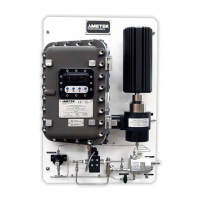
